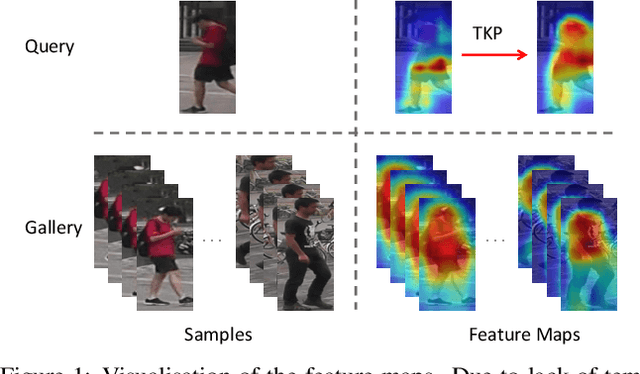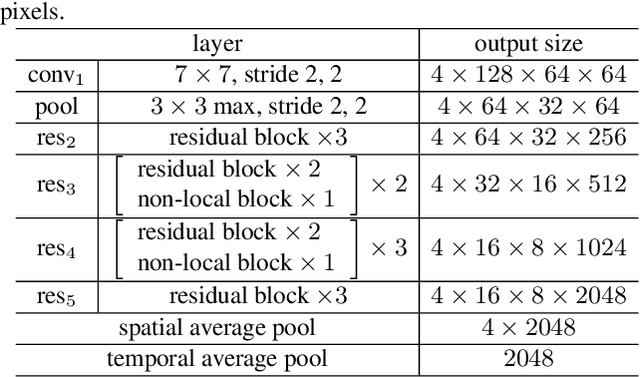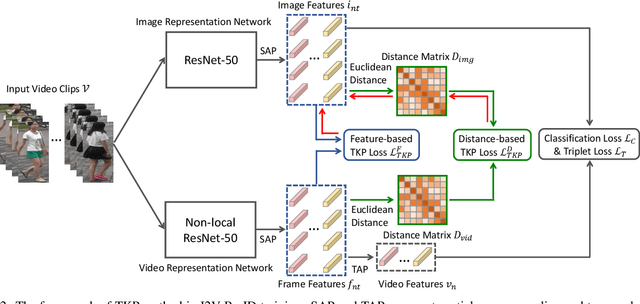Temporal Knowledge Propagation for Image-to-Video Person Re-identification
Paper and Code
Aug 11, 2019



In many scenarios of Person Re-identification (Re-ID), the gallery set consists of lots of surveillance videos and the query is just an image, thus Re-ID has to be conducted between image and videos. Compared with videos, still person images lack temporal information. Besides, the information asymmetry between image and video features increases the difficulty in matching images and videos. To solve this problem, we propose a novel Temporal Knowledge Propagation (TKP) method which propagates the temporal knowledge learned by the video representation network to the image representation network. Specifically, given the input videos, we enforce the image representation network to fit the outputs of video representation network in a shared feature space. With back propagation, temporal knowledge can be transferred to enhance the image features and the information asymmetry problem can be alleviated. With additional classification and integrated triplet losses, our model can learn expressive and discriminative image and video features for image-to-video re-identification. Extensive experiments demonstrate the effectiveness of our method and the overall results on two widely used datasets surpass the state-of-the-art methods by a large margin.
 Add to Chrome
Add to Chrome Add to Firefox
Add to Firefox Add to Edge
Add to Edge